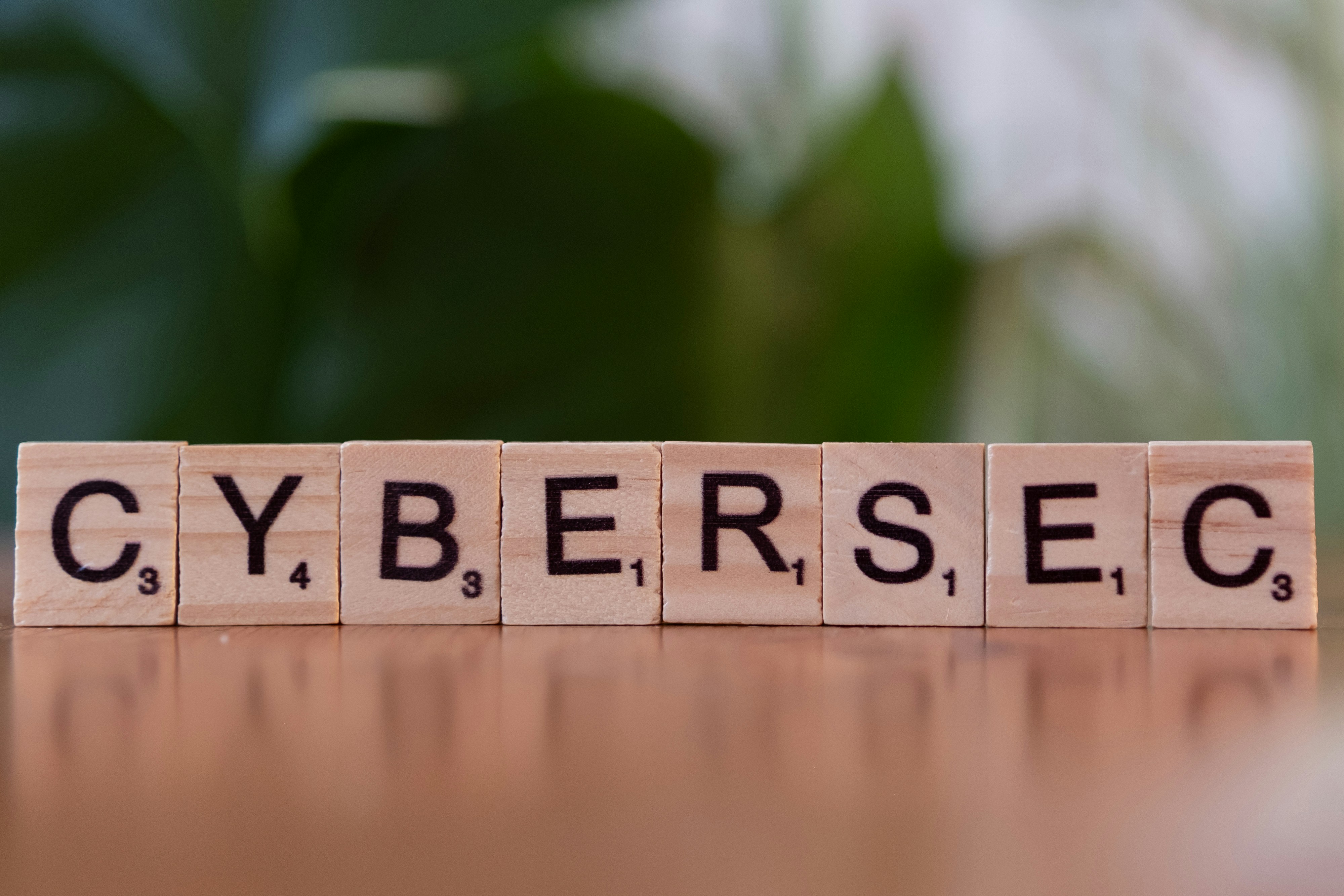
Does your data need a health check?
Take our free Data Health Assessment to evaluate your current data practices and discover ideas for improving your organization's data quality.

Cybersecurity isn’t necessarily a hot topic of conversation in the nonprofit community. However, if your organization collects any kind of data, cybersecurity is a critical component of maintaining trust with your clients, partners ,funders, and the communities you serve.
Unfortunately, nonprofits are increasingly becoming targets of hackers due to the kind of data they collect (credit cards, healthcare data, personally identifiable information) and:
Nonprofits may also be at risk of cyberattacks due to their stance on political or social issues.
If you are concerned about data security at your nonprofit, here are some steps you can take to protect your organization’s data, even without an IT department.
If you have ever logged into your bank account and received a text message with a code to enter afterward, that’s an example of multifactor authentication. MFA setup provides an extra layer of security to ensure that it’s really you logging into your account, not a hacker trying to access your data.
Not everyone needs access to all of your organization’s data systems. Limit access to financial, employee, donor, and other sensitive data to only those who need it to do their jobs. Relatedly, avoid creating shared logins for data systems, like using one login name and password for the development department's database. Ensure each individual has their own login name and password.
As more nonprofit staff work remotely, ensure employees use a virtual private network (VPN) when working from public places like libraries or coffee shops. VPNs ensure that no one else using the same Wi-Fi connection can see your data or browsing activity. I've been using ExpressVPN for years, but there are many similar services available.
At a recent workshop hosted by Bridges CIO, I learned that if an email, phone call, or text message looks suspicious, there are four questions to ask yourself to ensure cyber safety:
Looking to learn more about cybersecurity? Here are additional resources specifically designed for nonprofit organizations:
Like what you’ve read? Click here for more articles and other resources on data management for nonprofit organizations.

Take our free Data Audit Checklist quiz to evaluate your current data practices and discover immediate improvement areas.
Take The Quiz